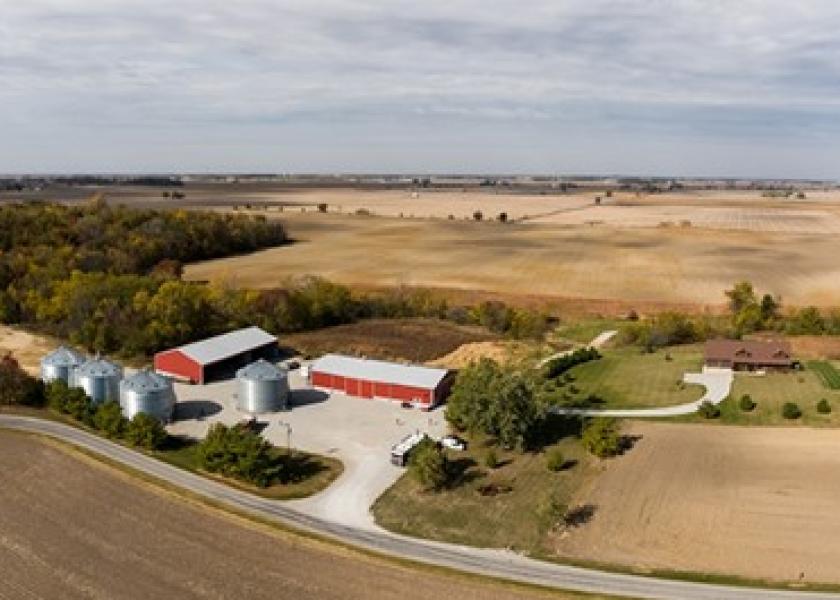Strong Income and Appreciation Boost Farmland Ownership Returns

An index monitored by pension and investment funds show total returns to farmland ownership rose during the second quarter of 2021 when compared to the previous quarter and a year earlier. While that is not particularly surprising, the amount of gain reported seems a little low to us.
The index, called the NCREIF Farmland Index, is maintained by the National Council of Real Estate Investment Fiduciaries. It measures returns to both annual cropland and permanent cropland farms.
In its second quarter results, NCREIF reports the total return for the second quarter was 1.47%, up from 0.86% the previous quarter. The quarterly total return was comprised of 0.60% income return and appreciation of 0.86%.
Second quarter income return for the index was 2 basis points higher than last year when the second quarter income return was 0.58%. Farmland values were up in the second quarter, with annual cropland posting appreciation of 1.42% and permanent cropland appreciating 0.03%. The index registered mixed results in the first quarter of 0.59% and -0.71% respectively.
Annual cropland outperformed in the second quarter with quarterly total returns of 2.20% versus 0.36% for permanent cropland. Annual cropland outperformed on appreciation for the quarter, with annual appreciation of 1.42% versus permanent cropland appreciation of 0.03%. Annual cropland also outperformed on income for the quarter, with an annual return of 0.78% versus 0.34%. Over the trailing four quarters, annual cropland returned 6.57%, compared to 2.56% for permanent cropland.
All ten NCREIF regions registered positive total returns in the second quarter. These regions lead in increases:
- Northern Plains: 4.9%
- Pacific Northwest: 4.03%
- Corn Belt: 3.84%
The Farmland Index consists of 1,224 investment-grade farm properties, totaling $13.17 billion of market value. These farm properties are comprised of 937 annual cropland properties and 287 permanent crop-land properties.
The index includes 382 properties in the Corn Belt, 254 in the Pacific West, 143 in the Delta States, 121 in the Lake States, 100 in the Pacific Northwest, 89 in the Mountain States, 64 in the Southeast, 41 in the Northern Plains, 21 in the Southern Plains, and 7 properties in the Appalachian Region.
The index includes data provided by the following firms: Farmland Opportunity, Cottonwood Ag Management, Gladstone Land, Hancock Agricultural Investment Group, Prudential Agricultural Investments, UBS Farmland Investors, US Agriculture, and Westchester. This data is used by institutional investors to price the risk of farmland investments across the United States.
Want more farmland news? Subscribe to LandOwner.







